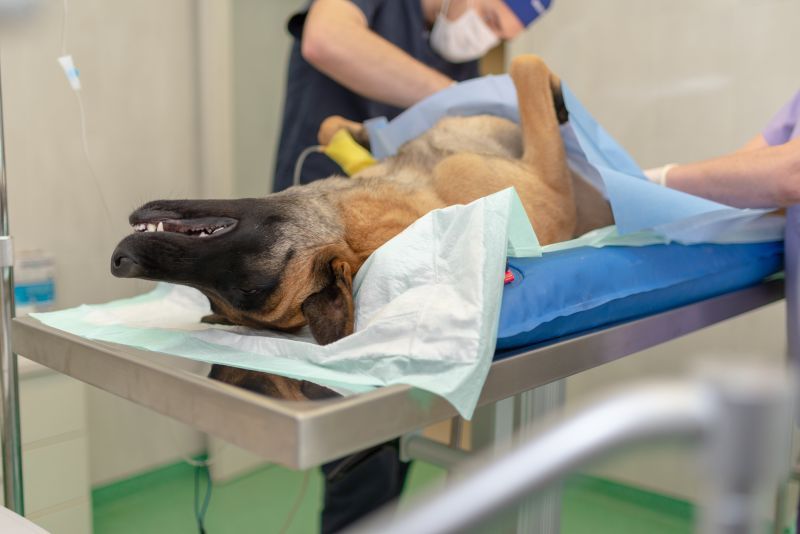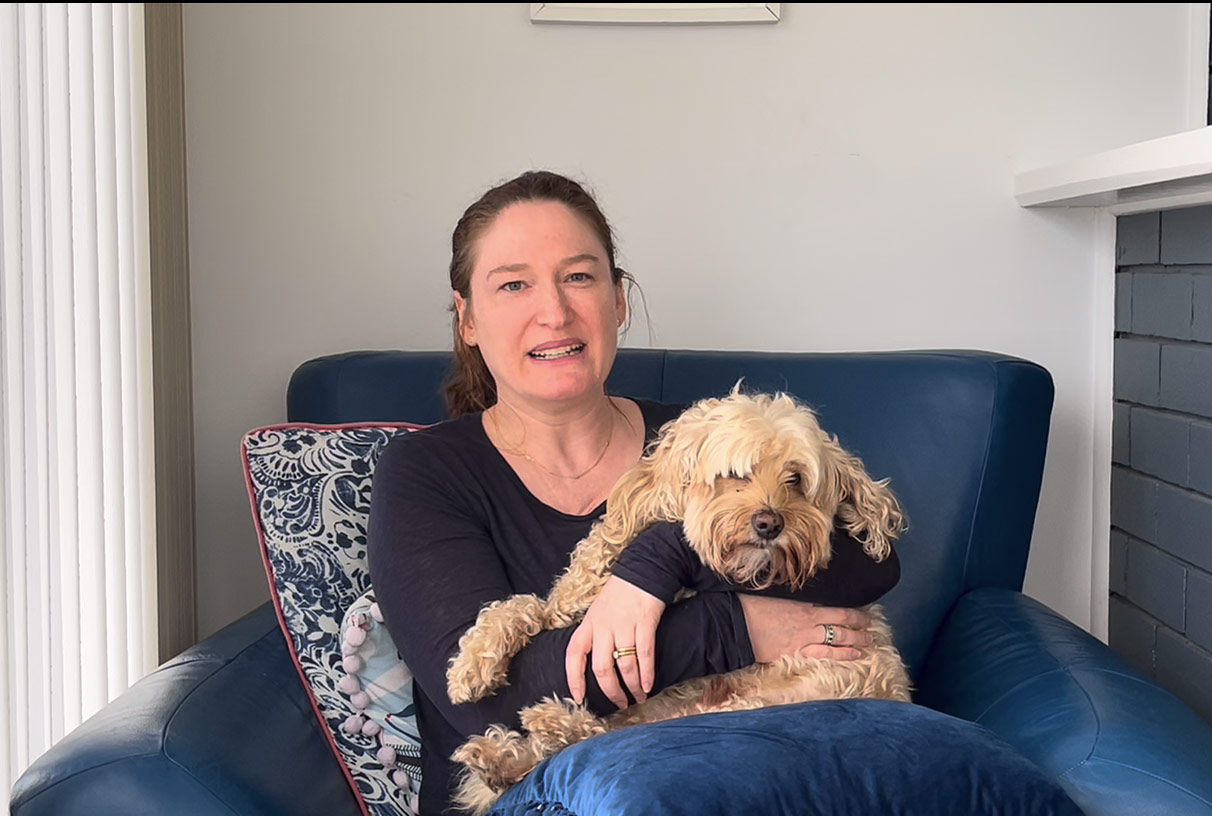Dog desexing cost: Understanding neutering and spaying expenses
Desexing dogs prevents unwanted litters and can reduce risks of mammary cancer, pyometra and prostate disease. The routine procedure is performed under general anaesthetic as a day procedure, with costs varying by sex, size and clinic. Your vet will advise the best timing based on your dog’s breed, physical examination and lifestyle. Recommended timings can range from before six months to one and a half years of age. Post-operatively expect rest, wound checks and restricted activity during recovery; call your vet if swelling, lethargy or loss of appetite occurs.
Are you deciding whether or not to desex your pet or interested in learning more about dog desexing? The topic of dog desexing, and when to do it, is a much debated one, and new research regularly appears that supports one point of view or another. This article aims to give an overview of the benefits of desexing both male and female dogs, the ideal time to desex a dog, and how much the desexing procedure usually costs.
Desexing dogs – the big picture
In Australia, the desexing of dogs plays an important role in the animal birth control strategy, and helps to keep the number of accidental litters and unwanted dogs low.
The vast majority of registered dogs in Australia is desexed – around 90%. However, it is thought that a large percentage of unregistered pets has not been desexed.

In North America desexing is also very common, while in Europe the number of desexed dogs is much lower in comparison.
Although dog desexing is not mandatory in Australia, pet rescue organisations and shelters will generally desex animals before they go into new homes.
What does desexing mean?
There are many terms to describe the desexing process: sterilising, fixing, spaying, neutering, and castrating are some of the commoner ones. The outcome is always the same – the dog will no longer be sexually productive. This is a permanent procedure that cannot be reversed. Males will no longer be able to impregnate a female. Females will no longer come on heat and cannot become pregnant.

The procedure for desexing male dogs it is called neutering or castration. The testicles, which produce the dog’s sperm and are the primary source of the male sex hormone testosterone, are removed, Castration is a shorter and less complicated operation than female desexing. The procedure is done under general anaesthetic.
The procedure for desexing female dogs is called spaying and it entails the removal of the dog’s uterus and ovaries. Although it is a standard procedure, it is a major surgery since it usually involves an incision to enter the abdomen for removal of these organs. It is usually a day procedure performed under general anaesthetic.
The risks of desexing procedures
As dog desexing is a standard procedure, the risk of complications is low. However, complications can occur if the wound gets infected, and in very rare cases the removal of the uterus/ovaries during the spay procedure can result in significant blood loss. Anaesthesia also has its own inherent risks.
Unsure how serious it is?
Bow Wow Meow policyholders can get access to trusted vet care anytime, anywhere, at no additional cost. Connect to an experienced Australian registered vet via video call, 24/7. Whether it’s providing vet advice, setting up at-home treatment plans, or confirming if you need to visit a vet in person, you can get help when you need it.
Find out more about our pet insurance cover options.
Post surgery treatment
The vet who performs the procedure on your dog will advise you of the recommended post surgery treatment. Generally the following is advised:
- A short course of pain relief medication to be administered at home during the recovery period
- Keeping your dog quiet for several days, exercising him or her only very gently, e.g. a short stroll or walk on-leash
- No exercise or excessive play for a week to allow the incision to heal
- Prevent physical activity like jumping or play-fighting
- No water touching the wound site or bathing until the stitches are removed
- An Elizabethan collar to stop your dog from licking or biting the stitches
A check-up is recommended 7 to 10 days after the surgery, during which your vet may check the incision and remove stitches if necessary.
Tip from Dr Felicia
‘The collar can be a source of stress for both pets and owners in the post-operative period and is often the most memorable thing about the process! It is becoming more common for pet owners to ‘BYO’ a soft cone, or even a post-surgery bodysuit for their pets to wear, that is less distressing for both parties while ensuring the wound remains protected from licking/chewing’.
Benefits of desexing dogs
The most obvious benefit of desexing dogs is to control the dog population and reduce unwanted pregnancies.

Desexing female dogs will also:
- stop periodic cycles and messy bleeding
- eliminate the risk of pyometra (infection of the uterus)
- reduce the risk of mammary (breast) cancer and ovarian cancer – the earlier they are spayed the less the risk, especially if before their first cycle.
 Desexing male dogs while they are young means that they often don’t learn the behaviours that are related to adult sexual behaviour such as being overly territorial and excessive urine marking.
Desexing male dogs while they are young means that they often don’t learn the behaviours that are related to adult sexual behaviour such as being overly territorial and excessive urine marking.
It can also help reduce behaviours that are related to higher testosterone levels in the dog, such as territorial and roaming behaviour. Desexing male dogs is not always the solution for behavioural problems, but it can help reduce them.
Neutering a male dog can also reduce the risk of testicular cancer and prostate problems.
When to desex a dog?
The right time to desex a dog has been much debated, and different organisations support different views. In the past, female dogs were commonly desexed after they gave birth to their first litter, and never before 6 months of age.

Nowadays it is accepted that puppies can be spayed or neutered from 8 weeks of age. By 6 months, especially for smaller breeds, dogs can already be sexually mature and capable of reproducing.
Most rescue organisations support desexing dogs at a very early age in order to help avoid unplanned litters and more unwanted dogs ending up in shelters and pounds.
The Australian Veterinary Association (AVA) recommends that vets should desex dogs before puberty unless there is a valid reason to delay the procedure.
However, there are a few factors to consider when choosing the right time to desex your dog:
- Avoid desexing dogs that weigh less than 1kg.
- Do not have a female dog spayed while she is on heat.
- Avoid desexing right after a severe injury – the dog will need to recover first.
- In female dogs desexed before 5.5 months, the risk of developing urinary incontinence increases from 5% to 12.9%.
 Another factor to consider is that desexing dogs before the age of 12 months results in a delayed closure of growth plates. Therefore, dogs that are desexed early are often taller and have longer limbs than dogs that are desexed once their growth plates have closed.
Another factor to consider is that desexing dogs before the age of 12 months results in a delayed closure of growth plates. Therefore, dogs that are desexed early are often taller and have longer limbs than dogs that are desexed once their growth plates have closed.
Due to increased risk of joint disease in larger breed dogs, it may be appropriate to delay desexing promote a more stocky conformation and more prominent musculature to support the joints. For giant breeds, it is often recommended that their physical development should be complete before desexing.
Especially for giant breeds, their delayed physical development should be seriously considered, and it is often recommended that their physical development should be complete before desexing.
Speak to your vet about when is the best time to spay or neuter your puppy. Bear in mind that it is never too late to desex a dog. The risk of developing certain diseases can increase with age, so desexing can be even more important for older dogs.
‘Discussion around the right age for desexing commonly takes place during puppy vaccinations. There are multiple factors that vets will take into consideration to either recommend desexing at around 6 months or potentially later. These factors include any available scientific literature regarding your puppy’s breed and desexing recommendations, any anatomic abnormalities identified on physical examination (e.g. Recessed vulva), or circumstances in their home environment make them likely candidates for unwanted pregnancy (e.g. if there are other undesexed animals at home).’ – Dr Felicia
How much does it cost to desex a dog?
The cost of desexing a dog is partly dependent on individual factors such as the sex, size and age of the dog.

The cost will also vary depending on the area you live in, and the veterinarian you visit, as well as the age, gender and weight of the dog. The following is just a rough price guide, and your vet can advise the actual costs.
Note that there are likely to be additional costs for the pre- and/or post-operative consultations with the vet.
Another factor to consider when it comes to costs is that many councils in Australia charge higher registration fees for intact dogs, thereby incentivising desexing.
Costs of desexing a female dog
- Around $600 to $700 depending on your dog’s size, age, or other individual factors, although it can exceed $900 for larger dogs.
- The typical cost for desexing female dogs weighing 10 to 20 kg is around $700.
Costs of desexing a male dog
- Start at around $400 to $500 for small dogs and can go up to $650 or more for large dogs.
- The typical cost for desexing male dogs weighing 10 to 20 kg is around $600.
‘It usually costs more to delay desexing of dogs due to their increased size. There may also be surcharges if your dog is found to be in heat during the procedure, or if the testicles are not external to the body (cryptorchidism) and an abdominal incision is required to remove them.’ – Dr Felicia
How to reduce the cost of desexing
- You can search the National Desexing Network to find low cost desexing options in your local area and assess if you are eligible.
- Some councils offer desexing vouchers to use at participating vets in their local area.
- Some councils offer free desexing programs for a range of concession card holders and disadvantaged families and individuals.
- National Desexing Month is held in July or August each year. Vets, councils and animal welfare groups can participate by listing a special offer to encourage desexing for that month.
What steps are necessary for dog care post-desexing?
Your vet will provide you with instructions for post-operative care of your dog. For a general idea of what this entails, here are some guidelines:
- For the first week after desexing, you will need to avoid any exercise or exuberant play, including jumping and play fighting.
- When the vet permits walks to start, you will probably need to keep these gentle and shorter than usual, with your dog on a short leash for the duration.
- You will need to avoid bathing your dog until the stitches are removed or the vet gives the go-ahead.
- Your dog may need to wear an Elizabethan collar while they have stitches to prevent licking or biting of the area.

‘For pet owners who are particularly worried about the post-operative recovery at home for their pups, you can consider working from home to keep an eye on your pup post-op, or booking in for the procedure on Friday, which will give you extra time at home on the weekend to monitor how your dog is doing before having to leave them home alone’. Dr Felicia
In conclusion
Desexing your dog is an important decision and it is important to be informed of the benefits and risks that it entails. Another thing to be aware of is the regulatory requirement in your state (it is mandatory in South Australia to have all dogs desexed by the age of 6 months unless the owner is a registered breeder or you have a medical exemption).
As every dog is different, and factors such as your dog’s age, sex, breed and overall health all need to be considered, it is very important that you discuss the best options and timing for desexing with your vet.
The cost of desexing can vary depending on several factors, such as the sex, size and age of the dog, the type of procedure, and where the surgery is performed. While the cost of desexing may seem high, it is important to consider the long-term benefits for your dog’s health and well-being.




















